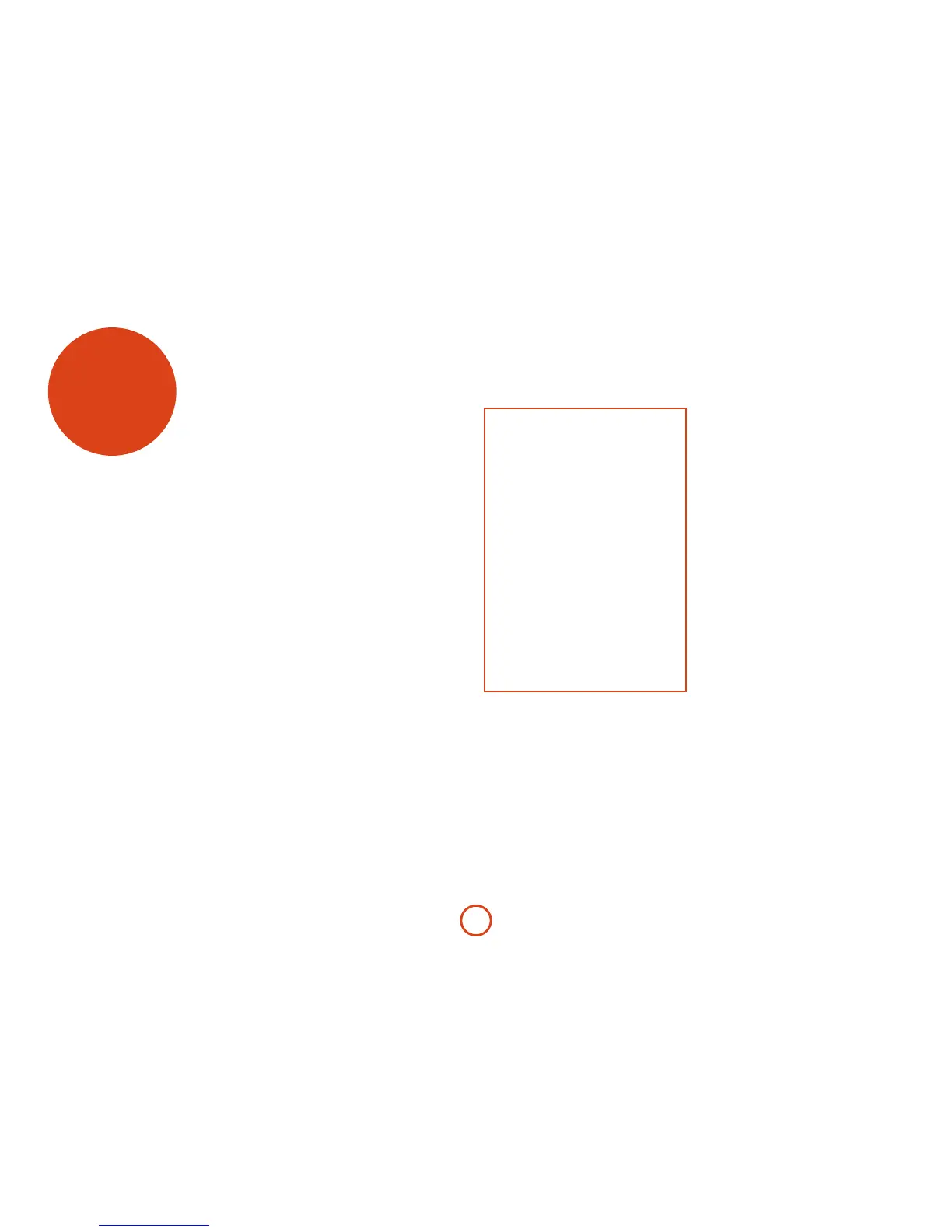loudspeakers
Notes on making speaker
connections
< Do not make any connections to any amplier
while it is switched on. We recommend that
your amplier is completely disconnected
from the mains supply before starting.
< Before switching your amplier(s) on for the
rst time aer connecting to speakers, please
check all connections thoroughly. Ensure
that bare wires or cables are not touching
each other or the amplier’s chassis (which
could cause short circuits), and that you
have connected positive (+) to positive and
negative (–) to negative. Be sure to check the
wiring for both the amplier and the speaker.
< Aer making connections: switch the
amplier(s) on, select a source signal, then
gradually increase the volume to the required
listening level.
< If you are unsure as to how your system
should be connected, or need advice on
bi-wiring or bi-amping, please contact your
Arcam dealer who will be happy to help you.
Single wiring
Single wiring is the conventional wiring method of
running a single cable per channel between the amplier
and the speaker; this is the easiest technique.
Bi-wiring
Bi-wiring is running two separate cables between the
amplier and each speaker, with one cable carrying
the low-frequency information, the other the higher-
frequency signals.
Bi-wiring can improve the sound of your system because
the separation of high- and low-frequency signal
currents into dierent speaker cables avoids distortions
caused by the dierent currents interacting with one-
another within a single cable, as occurs in single-wired
systems.
e A38 and P38 are designed to allow easy bi-wiring,
but you will need to connect to loudspeakers that
provide separate terminals for the two cables. Each
speaker must have two pairs of terminals; one pair
labelled HF or ‘High Frequency’, the other pair labelled
LF or ‘Low Frequency’.
Bi-amping
Bi-amping is the separation of the amplication of low-
and high-frequency signals over two ampliers.
Bi-amping requires the use of two ampliers per
channel. Normally, your A38 is used to drive the high-
frequency (treble) speakers, with the P38 used for the
lower (bass) frequencies.
Connecting loudspeakers to the A38/P38

